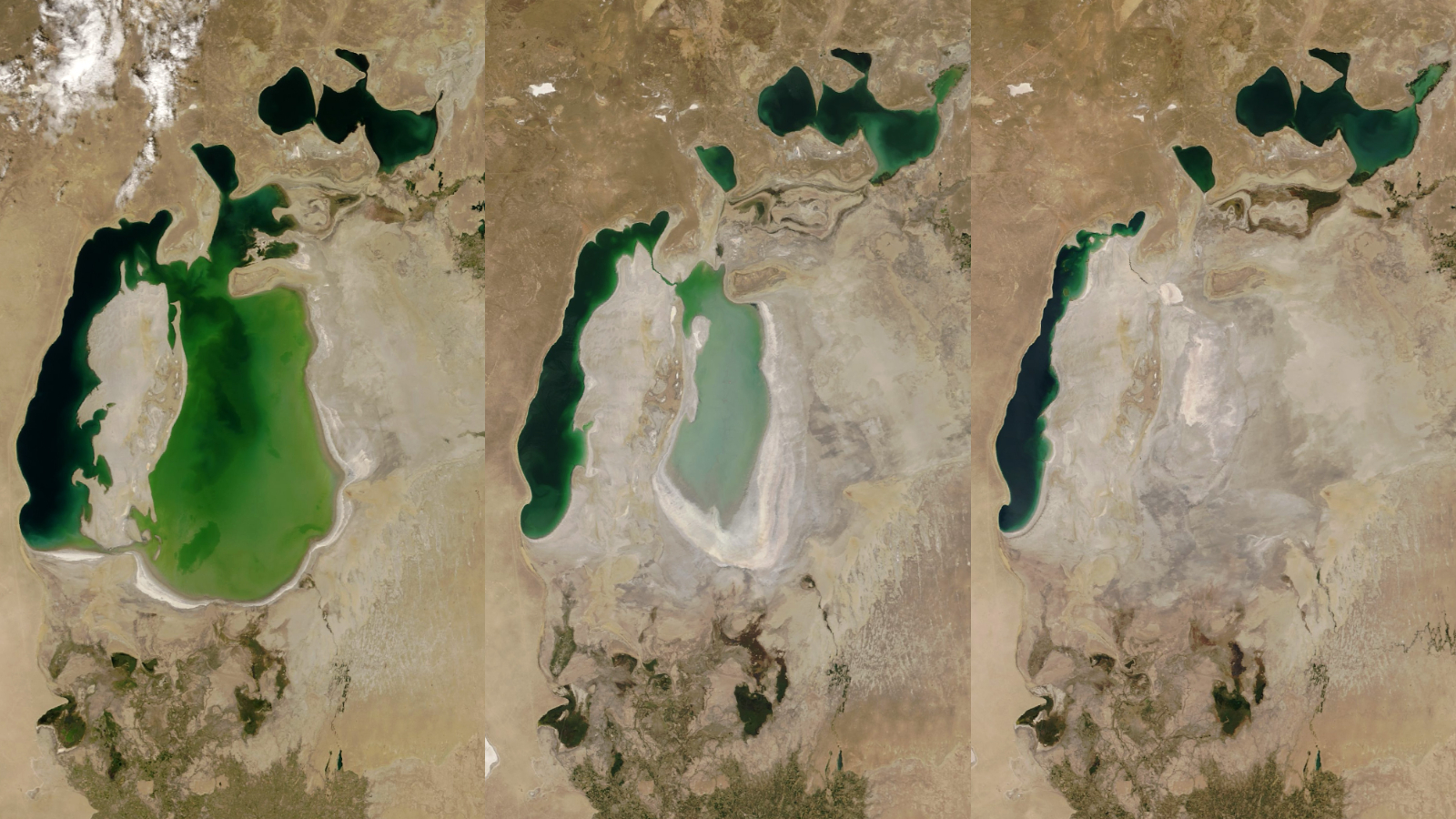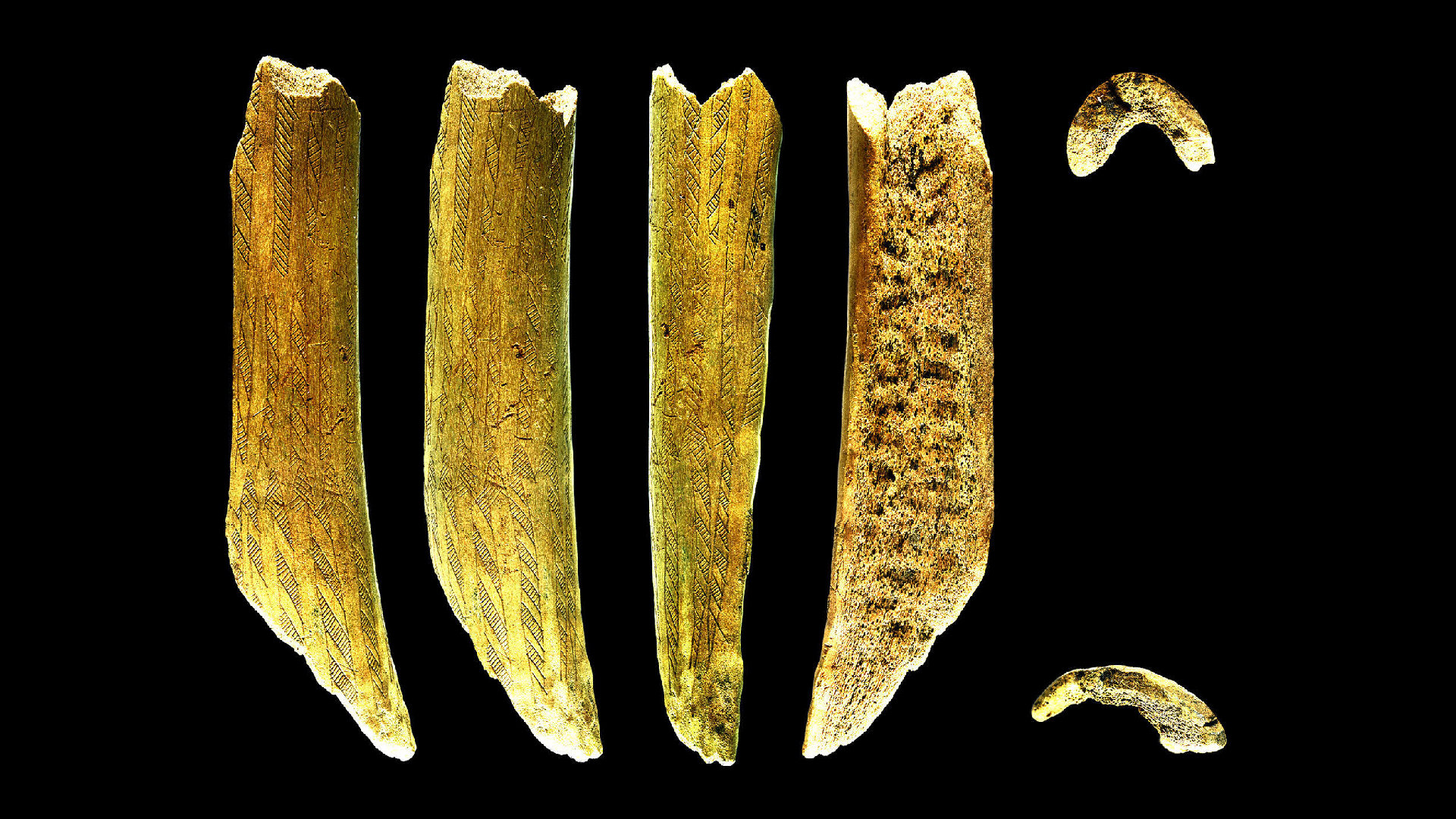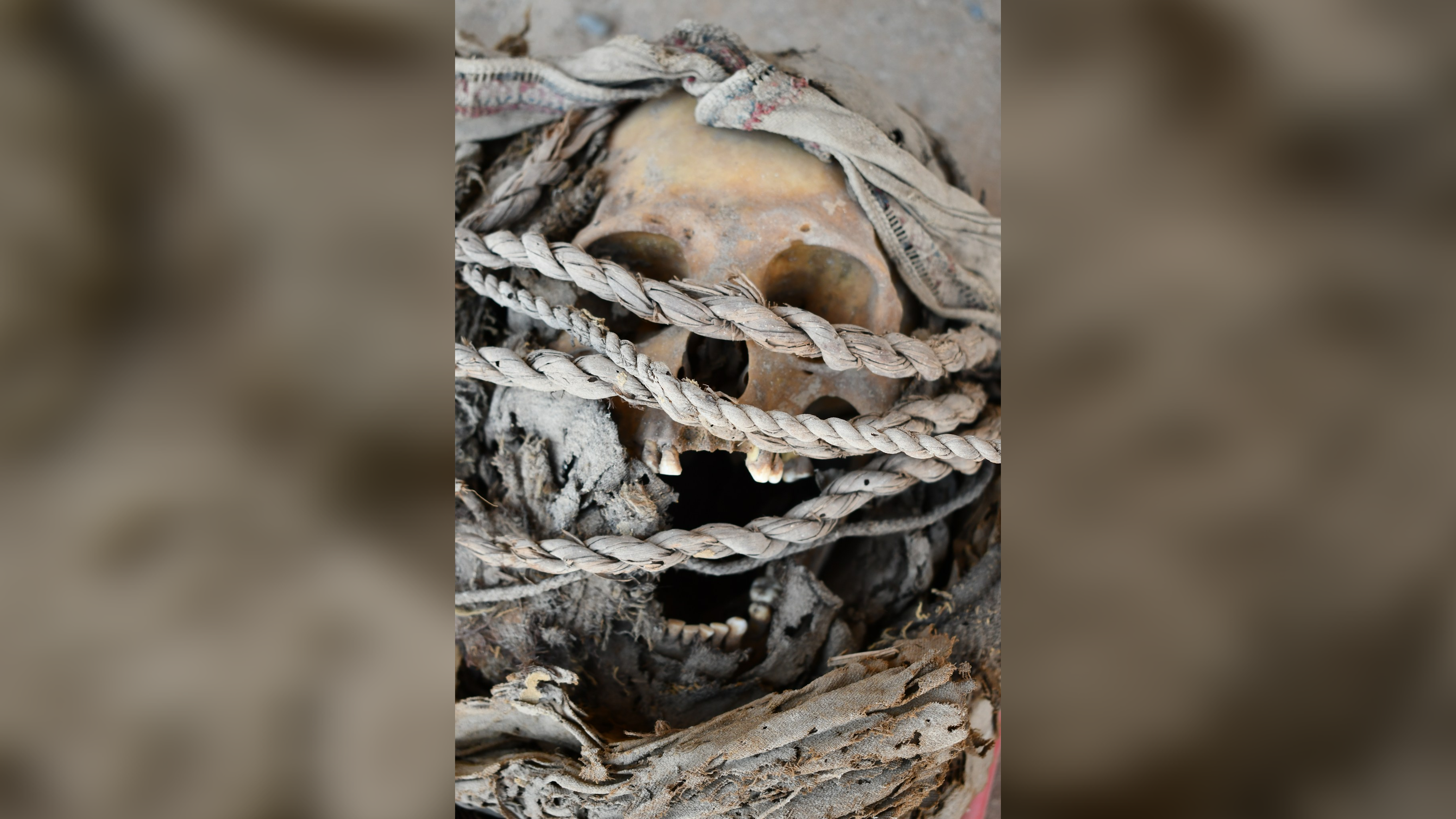2,200-year-old mysterious pyramid structure filled with coins and weapons found near Dead Sea
The purpose of a mysterious pyramidal structure in the Judaean Desert is unknown, but excavators are finding many well-preserved artifacts there.
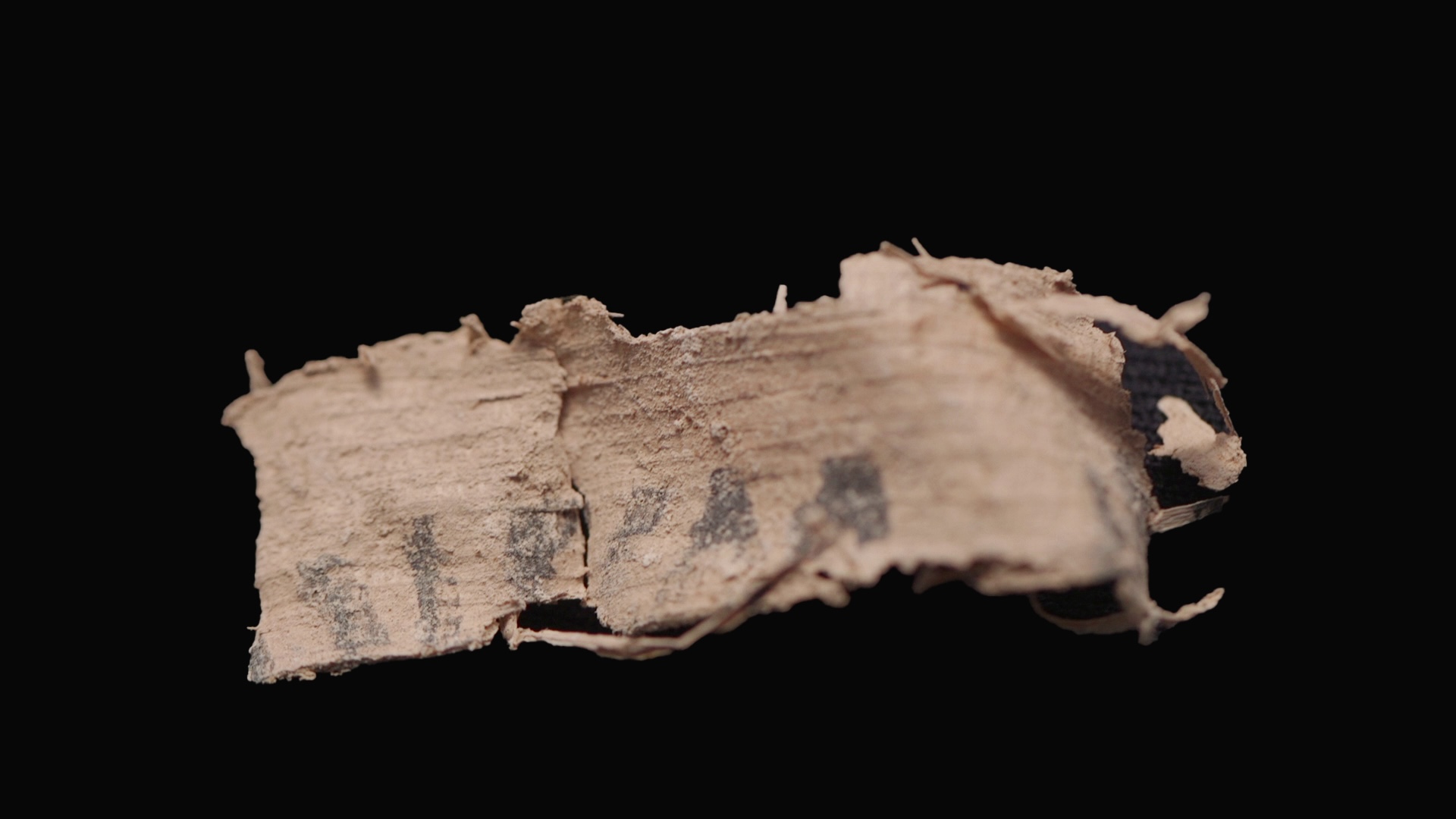
Archaeologists are uncovering a mysterious pyramid-shaped structure and way station in the Judaean Desert. The excavation site, just north of the valley of Zohar (Nahal Zohar) along the coast of the Dead Sea, contains a host of exceptionally well-preserved artifacts that are more than 2,000 years old.
"The discoveries are exciting and even emotional, and their significance for archaeological and historical research is enormous," Eli Escusido, director of the Israel Antiquities Authority, said in a statement.
The pyramid is built from hand-cut stones, each weighing hundreds of pounds. But the structure's purpose is still unknown, according to the site's excavation directors. It may have served as a historical monument, a grave, or a guard tower protecting a commercial route from the Dead Sea to coastal ports.
The site dates back 2,200 years to the time of the Ptolemaic dynasty and Seleucid Empire. After Alexander the Great died in 323 B.C., his generals divided his vast empire among themselves. His general Ptolemy took control of Egypt and the surrounding areas, including Israel, while Seleucus ruled the northern part of what is now the Middle East. By 200 B.C., the Seleucid Empire had conquered what is now modern-day Israel.
Given that the pyramidal structure dates to the time of this power switch, it's unclear if it was built under the rule of the Ptolemaic dynasty or the Seleucid Empire. The Roman Empire absorbed both empires in the first century B.C.
The archaeologists also unearthed a number of artifacts at the site. The low-moisture environment of the desert likely helped preserve the artifacts through the millennia. Low humidity deters mold and minimizes warping and cracking in organic materials like wood and fibers.
Sign up for the Live Science daily newsletter now
Get the world’s most fascinating discoveries delivered straight to your inbox.
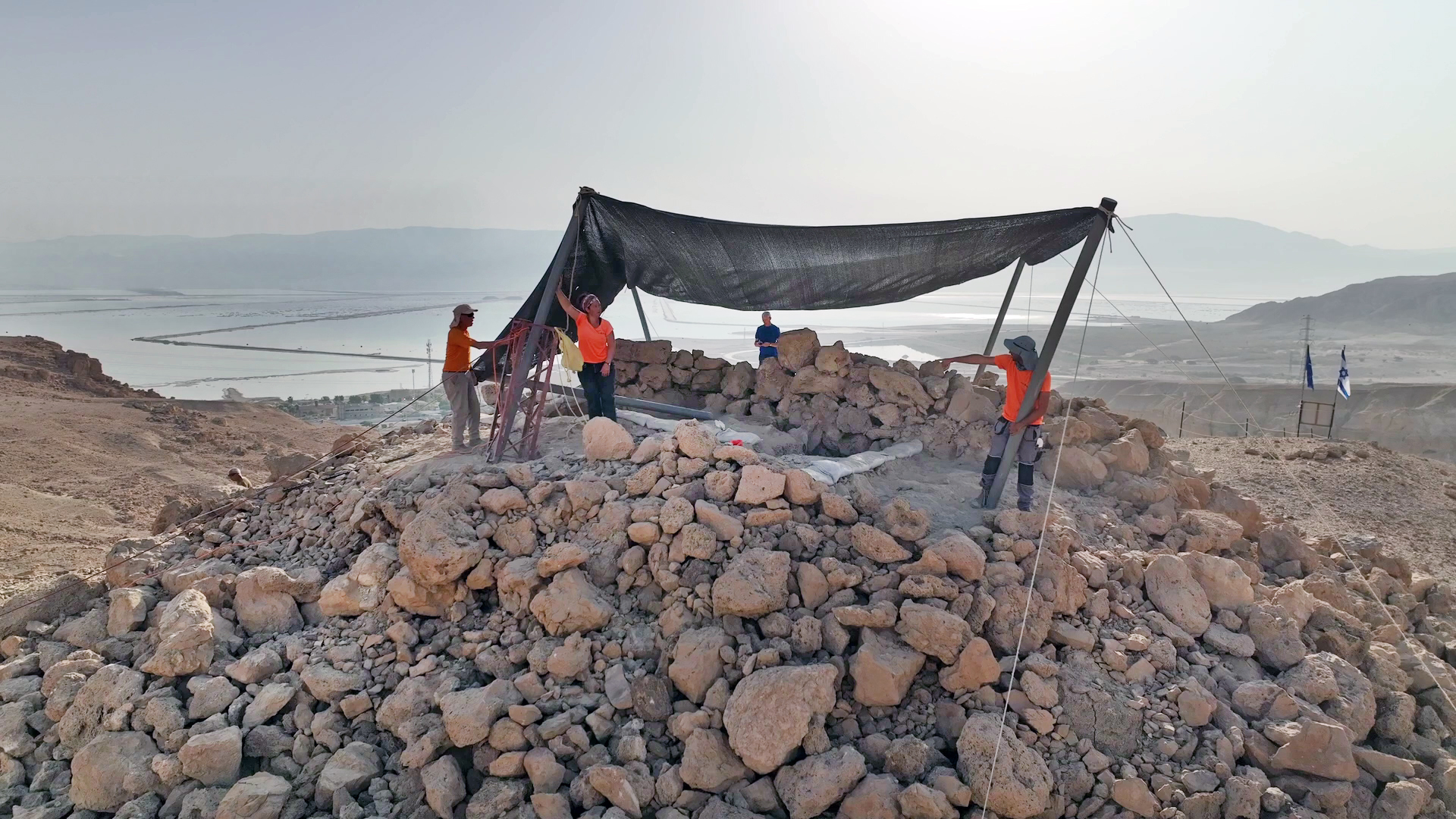
"The extreme dryness has preserved things here in an extraordinary way," archaeologist Ido Zangen, who was involved with the excavation, said in a translated video released by the Israel Antiquities Authority. "We're finding papyrus fragments, all kinds of amazing wooden artifacts, baskets and ropes that you simply don't find anywhere else in the country."
Some of the papyrus fragments contain writing in ancient Greek, one of the languages spoken by denizens of both the Ptolemaic and Seleucid empires. Also among the unearthed artifacts are bronze coins and vessels, remnants of ancient furniture, beads, weapons, fabrics and seeds, all preserved by the dry climate.
Eva Balbin Brafman, a volunteer at the excavation, described finding part of a papyrus document from the upper part of the site. "You could clearly make out the letters, probably in Greek," Balbin Brafman said in the video. "It's incredibly exciting to find something in such a wonderful state of preservation."
A team of professional archaeologists and volunteers will continue to excavate the site through April 8 in hopes of learning more about the structure.

Skyler Ware is a freelance science journalist covering chemistry, biology, paleontology and Earth science. She was a 2023 AAAS Mass Media Science and Engineering Fellow at Science News. Her work has also appeared in Science News Explores, ZME Science and Chembites, among others. Skyler has a Ph.D. in chemistry from Caltech.
You must confirm your public display name before commenting
Please logout and then login again, you will then be prompted to enter your display name.





